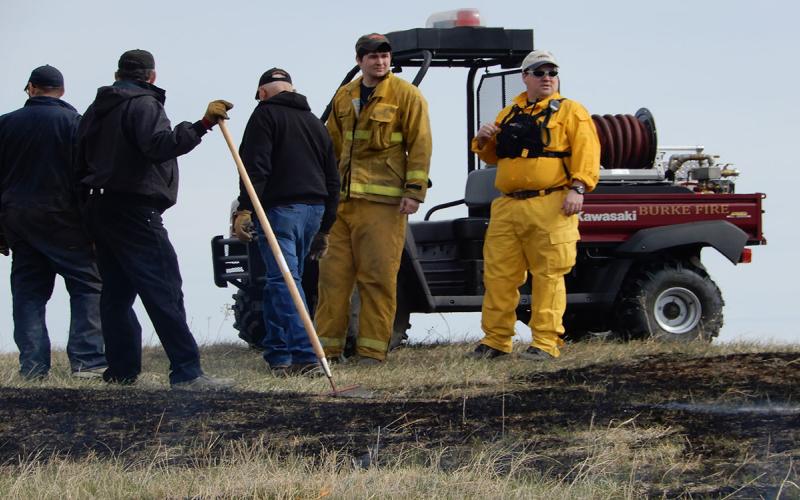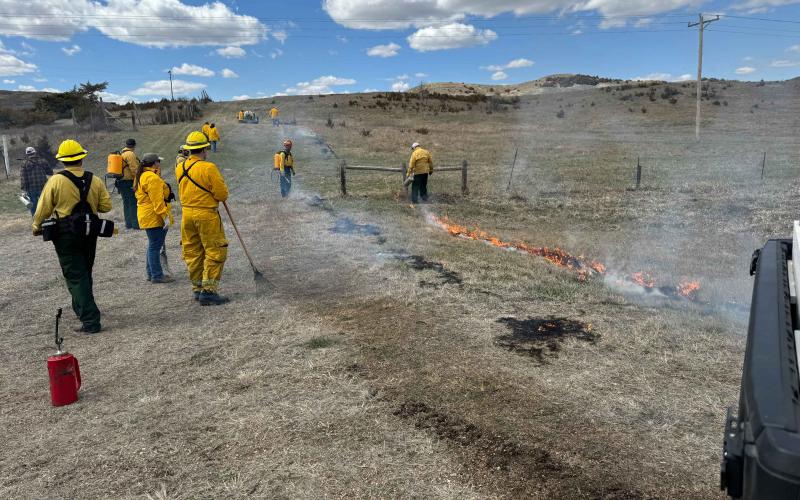Written collaboratively by Sushant Mehan, Lydia Loken and Todd Trooien
Suspended sediments in South Dakota’s waterways is a result of many practices, such as tilling, wetland removal, and altered drainage systems, that have disrupted natural flow and sediment patterns, while increased flooding and runoff further heighten the issue. These changes impact water quality, aquatic life, and the state’s economy; however, solutions like improved land management, public education, a sediment budget, and better sediment monitoring offer a path forward. Coordinated action from local communities, policymakers, and researchers can reduce suspended sediment, protect valuable water resources, and ensure the long-term health of South Dakota’s rivers. To support monitoring efforts and promote water quality awareness, individuals and organizations in South Dakota can have water samples tested for sediment-related pollutants through certified laboratories. The South Dakota DANR provides a list of state-certified laboratories equipped to test sediment concentrations and other water quality parameters (South Dakota Department of Agriculture and Natural Resources [DANR], 2025). Additionally, the South Dakota Department of Health’s State Public Health Laboratory offers environmental water testing services that include analysis of surface water for sediment and other contaminants (South Dakota Department of Health [DOH], 2025). These resources enable landowners, researchers, and concerned citizens to participate in local water monitoring efforts and contribute to long-term strategies for reducing sediment pollution across the state.
Acknowledgements
This material is based upon work supported partially by the U.S. Geological Survey under Grant/Cooperative Agreement No. G24AS00537 and SDSU Extension Seed Grant.


